In November 2021, Kodak announced a film price increase. Some members of the film community lashed out on social media critical of the price increase. Measured thinkers reasoned that the film price is justified considering the inflation-adjusted price of film. I opined that the price increase felt larger than it is because film photographers are bad at math, film is not insulin, and we are all hardwired to allow ourselves to get triggered too easily. Others recommended that the time has come to consider bulk loaded cine film and ECN-2 processing.
Spoiler alert: It isn’t. Not yet at least. Not for me, anyway.
Before considering the prospect of cine film, it pays to remember that there is at least a modicum of good news on the horizon for color negative film, which suggests the possibility that film has at least a few more years before Filmpocalypse 2.0. Kodak recently stated that they are investing in film production and Fuji opened the door to revisiting film production. I have been accused of toxic positivity for taking Kodak and Fuji for their word, but I find no logical reason why either Fuji or Kodak would benefit from going out of their way to lie publicly about their future film plans.
Even though I know the film price increase won’t break my bank, even though I know that the impact of a 15% increase in film price feels larger than the practical impact on my daily life, even though I know that film prices are more or less average when adjusted for inflation, even though I know that the new COVID normal is wonky and prices for everything from gas to shoelaces are going up, and even though Kevin Kelley (who is much smarter than me) says technology never dies , I still worry about the future of film. Specifically, I worry about temporary C-41 film unavailability in the short term due to high demand, pandemic-related shortages, and/or environmental issues.
In this article, I consider bulk loaded cine film as an alternative to C-41 color negative film in the event that C-41 color negative film becomes unavailable and/or the cost of C-41 film continues to rise.
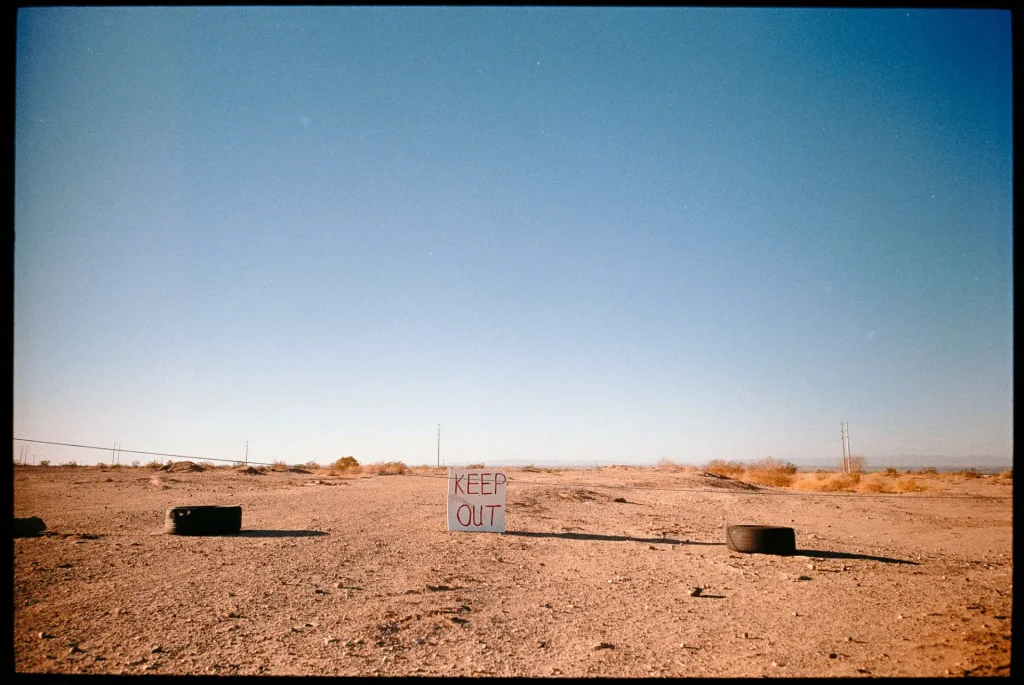
Background stuff
If you are a film photographer considering cine film there are a few terms that you will need to familiarize yourself with before continuing with this post. Understanding the terms rem–jet, cine film, Cinestill film, C-41, and ECN-2 will help prevent any confusion regarding this analysis of the viability of cine film as an alternative to C-41 film.
Rem-jet: The main difference between cine film (note the lower case “c”) and other color negative film is that cine film has an additional layer of protective black material called rem-jet. Rem-jet confers cine film antihalation and antistatic properties that are required when used in a cine camera. The rem-jet layer is removed using a combination of chemical and physical methods during commercial ECN-2 processing in such a way that no rem-jet contaminates the developer and other chemicals down the line.
Cine film: For the purposes of this discussion, when I refer to cine film, I am referring to any film currently used for movie production with rem-jet present at the time of film exposure. At the time of writing, this includes all of the Kodak Vision 3 films including 250D, 50d, and 500T. Double-X, Tri-X and Ektachrome 100D are Kodak cine films that do not have rem-jet. These films are excluded from this discussion. Moreover, this discussion is limited to 35mm film and not 120. Cine film is sold to still photographers in bulk rolls of 100 feet or individual rolls of 24 or 36 exposures.
CineStill Film: From time to time in this discussion, however, I will be referring to 1) CineStill film (note the capital “C”) and 2) the company making the film, CineStill, Inc. who also sell at-home film processing chemistry and supplies. In general, CineStill film is cine film with the rem-jet layer removed and then repackaged. You are encouraged to familiarize yourself with the CineStill brand and their products to prevent confusion later in this discussion.
C-41: C-41 color negative film is the film that everyone is familiar with. Portra 400, Portra 800, Ektar 100, Kodak Ultramax, etc. are all C-41 color negative films. The term “C-41” refers to a process for developing color negative films and describes the chemicals, processing times, temperatures, etc. used in that process.
ECN-2: Cine film is developed using a different process called ECN-2. The ECN-2 process uses different chemicals, different processing times, and allows for the removal of the rem–jet layer during processing.

Home developing bulk loaded cine film
Bulk loaded cine film is often recommended as a potential solution for film price increases, a hedge against inflation, and an alternative if C-41 color negative film becomes unavailable temporarily or permanently.
Although there are a few commercial labs that will develop rem-jet containing cine film, cine film, in general, is home developed because of the presence of the rem-jet layer. From my vantage point and for the purposes of this article, however, sending cine film to a lab for development and scanning is not relevant to a discussion about mitigating the costs associated with a 15-20% Kodak film price increase in 2022. If you are worried about a film price increase of 15-20% and you are sending your film to a lab, before you abandon film or even consider cine film, I encourage you to home process and scan your C-41 film. By switching to home developing, in the long term, you will save far in excess of any costs associated with a film price increase making the film price increase essentially irrelevant. The rest of the discussion will, therefore, focus on home development of cine film.
Before considering bulk loaded cine film as an alternative to C-41 film, a full analysis of costs and differences in processing and handling compared to C-41 color negative film is required. For my workflow, the following are the areas of concern I identified that needed to be addressed before I ccould adopt cine film as a practical and every day alternative to C-41 film.
- Is there really a cost savings of bulk loaded Cine film vs C-41? If so, how much.
- What are the practicalities associated with home ECN-2 processing vs. C41 processing such as the number of steps in processing, temperature sensitivity, etc.?
- What is the reality of dealing with rem-jett if I don’t have ECN-2 chemicals?
- Do I even like the cine film look? Do I even want to use cine film?
- Cine film and ECN-2 processing are reported to give a flatter/less contrasty negative and may be advantageous for home scanning vs. C-41 film. Is cine film really better for scanning than C41 film? Is dealing with a “flatter” negative a pain point or beneficial in post processing?
- Photographers often use different film stocks for different situations. In my situation, I use Portra 160/Proimage100 and Portra 800 to have two different speed films. Having two bulk rolls of cine film might obviate any cost savings if the bulk rolls of film expire before I use them. Can I push Vision 3 250D or 500T so I can use it as a single emulsion if I can’t support the expense of 2 bulk rolls of cine film?
- What is the reality of shooting tungsten balanced as a general purpose film? Can I practically use a warming filter or correct color shifts in post?
- How much do I hate/love the hassle of bulk loading my own film?
- The ECN-2 chemicals generally expire faster than C-41 chemicals; oftentimes, within 15-30 days. Can ECN-2 chemicals be used “off label” to extend their shelf life?
Spoiler alert: If you are looking for the answers to all of these questions in this article, you won’t find them here. I made it to #2 and stopped my research for now. The rest didn’t matter because I couldn’t get past #2.
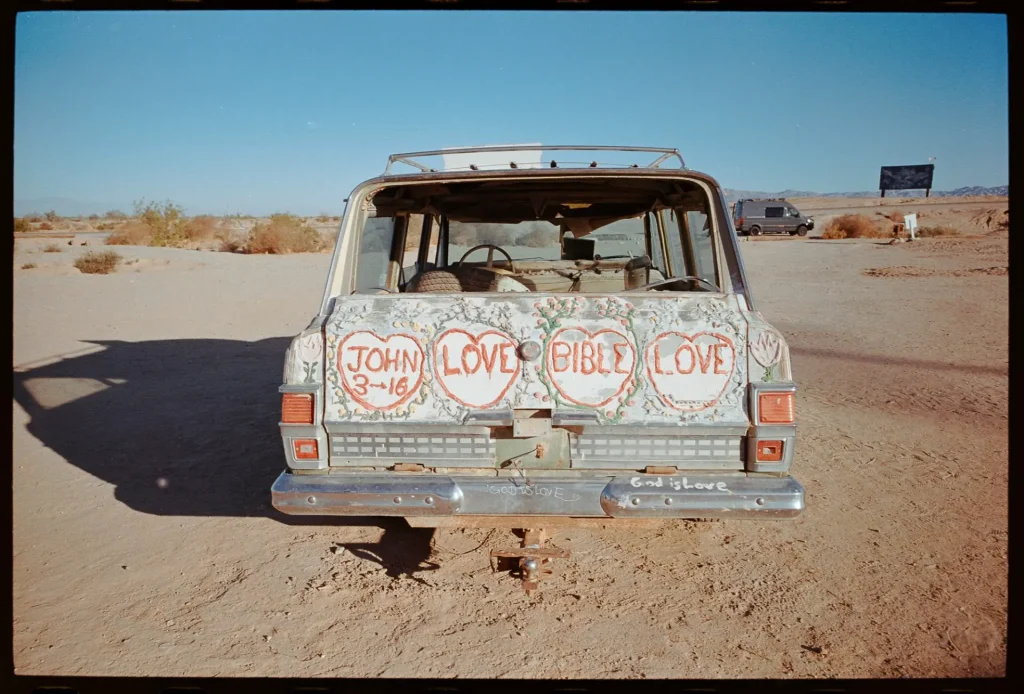
Cost Saving?
Is there really a cost savings of using bulk loaded cine film vs. C-41 film? The short answer for many film hobbyists who home process their film is, probably not. Bulk loaded cine film offers little or no cost savings over C-41 film unless 1) C-41 film prices rise significantly 2) the cost of bulk loaded cine film and processing chemicals stays exactly the same and/or 3) you are shooting at least 10-15 rolls per month.
My analysis was done using a spreadsheet that you can download at this link. You are encouraged to enter your own costs for chemicals, film, and bulk loading materials. It is very possible that your math will be different than my math especially if you are living outside of The United States.
When you open the spreadsheet, it will be pre-filled with the products and prices available to me in December, 2021 so you can see how I made my calculations. The spreadsheet might be a little confusing because it is constructed using 15 rolls as the basis for discussion. 15 rolls was chosen because 15 rolls is the approximate number of rolls one can process with a single batch of ECN chemicals. The math was too complex for me to generate a spreadsheet allowing for all of the variables (#rolls of film, time, different expiration rates of different chemicals, etc.). This spreadsheet, therefore, should be considered as a general guideline and a starting point for discussion. NOTE: if there are accountants and spreadsheet wizards out there who want to improve the spreadsheet, please do, we will update this page as needed.
To use the spreadsheet, simply enter your costs in the yellow boxes.
After doing this exercise, it seems that the critical pieces of information that are overlooked by many photographers considering or recommending bulk loaded cine film are 1) the speed at which ECN-2 chemicals deteriorate and 2) the rapid degradation of C-41 chemicals when exposed to rem-jet. As a rule, ECN-2 chemicals and C-41 chemicals exposed to remjet are expected to expire within 15-20 days if not sooner. For comparison, C-41 chemicals used with C-41 film can last as long as 60 days or more. I routinely get 90 days out of my C-41 chemicals if I am shooting low volumes.
In my analysis, over the course of 60 days, the increased cost of the ECN-2 chemicals obviates any near term forecasted film price increase unless you are shooting at least 15 rolls of film every 15-20 days.
Based on the prices of film and chemical processing options I have available to me in December 2021, comparing Portra 400 and a 100ft roll of Vision 500T, and amortizing the cost of the bulk loading supplies over 60 rolls of film:
- If I shoot 15 rolls in 30 days, bulk loaded Vision 3 cine film developed in ECN-2 will cost me $12.33/roll while Portra 400 will cost me $14.19 per roll
That looks promising but over the course of 60 days, the picture changes if you are a relatively low volume shooter because you will need either two or more likely three sets of chemistry because of the faster chemistry degradation when exposed to rem-jet vs C41 film. Remember, you will only need one set of C-41 chemistry during the course of 60 days. So…
- If I shoot 15 rolls over the course of 60 days, bulk loaded Vision 3 cine film developed in ECN-2 costs me about $19.00/roll while Portra 400 costs $14.19/ roll.
As mentioned previously, your calculations will be different from mine given the costs of film and supplies you have available to you, and whether or not you have the ability to batch process your film and only mix chemistry when you need it etc. In my current workflow I mix up a batch of C-41 chemicals and dump it every 90 days. This allows me to shoot and develop whenever I want without batch processing.
Regardless of what numbers you use, if you want to have chemistry available to you at all times and you can’t batch process your film (I can’t) the general trend is that there isn’t a huge cost savings of using bulk loaded cine film unless the price of C-41 film goes higher than the forecasted increased in 2022.
I also encourage you to consider including a price adjustment for your time, stress, and energy developing home ECN-2 vs C-41 film. In my analysis, home processing cine film in ECN-2, even if it is slightly cheaper than C-41, as you are about to see, isn’t worth the headache and stress for me. From my vantage point, there is more to life and film photography than just numbers. The numbers don’t tell the whole story.
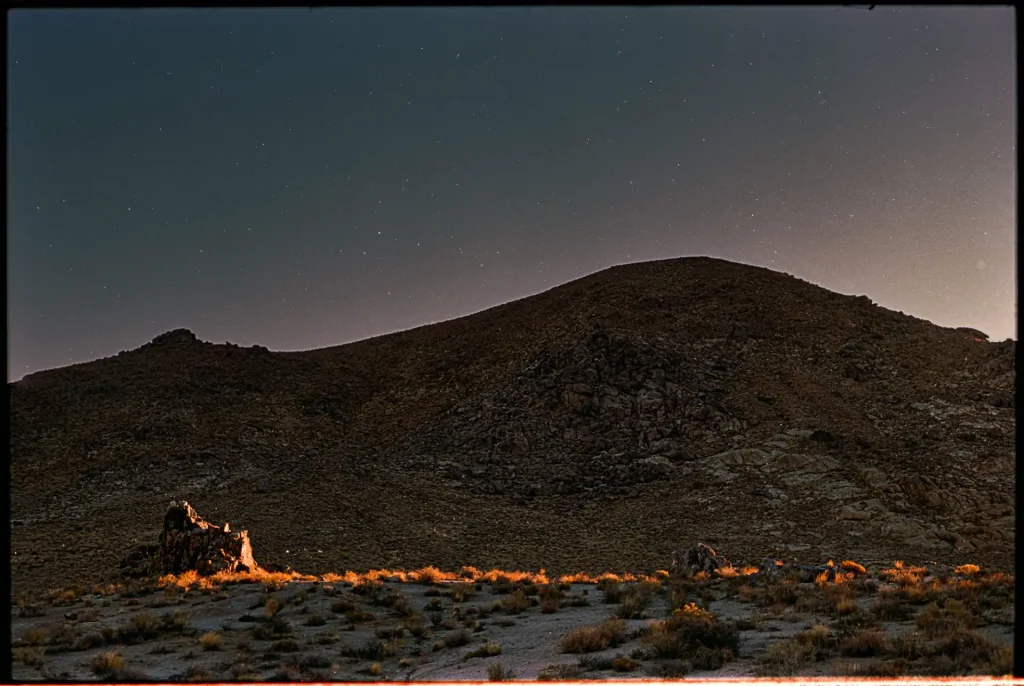
The reality of dealing with rem-jet and home developing cine film with ECN-2 processing.
In my experience, home developing C41 color film is easy, quick, painless, and relatively risk free if you are worried about user error ruining your negatives. I also prefer the control I have with home scanned negatives vs. sending my film to a lab. I encourage all film photographers to at least try home processing C-41 film to see if it is right for you.
Home developing cine film using ECN-2 processing, is another beast and, as I learned, a beast that I am not prepared to tame until film prices skyrocket or C-41 film becomes unavailable.
I like to say that I am a normal person with a normal life, a normal dog, and a normal job. I am always right in the middle of the bell curve and average in every way. I have a film hobby but I am not a mad scientist and I don’t like to live on the edge and worry about my negatives during processing. Saving money is always important but I am not prepared to waste a day or add stress to save a dollar or two per roll. Given my risk and hassle aversion profile, the practicalities of the home ECN-2 development process crosses the line from something that is easy and hassle free (like C-41 home processing) to a minor headache where I worry about losing images and destroying my negatives.
Please do not misunderstand what I am saying. Home ECN-2 development is 100% viable. Full Stop! In fact, I expect to be criticized for “not being dedicated enough,” or for being “too soft,” or that “I didn’t give it enough effort or time” or I should “try harder” or something else you might hear on a podcast about maximizing your productivity potential in business; and life and why all the kids who got participation trophies in the 80’s and 90’s are ruining the world. Nonetheless, for me, home ECN-2 processing crosses a line I am not prepared to cross.
As I mentioned several times previously, home processing C-41 film process is easy and painless. With C41 processing (I use CineStill CS41 “Color simplified” chemicals), I have 2 processing steps and 2 bottles of chemicals to concern myself with. There is only one temperature for all of the chemicals. Finally, agitation is straightforward and leaves me some breathing room to think and prepare for the next step.
In comparison, with the ECN-2 kit I tried I had 5 bottles of chemicals to keep track of, several washing steps, two different temperatures for different chemicals, and I needed to perform almost constant agitation. Some of the different steps are only a few seconds long which was stressful. Overall, there was a lot going on during the whole process. That process is doable but for my commitment and risk profile, the ECN-2 process introduces a level of background stress and complexity that I am not sure I am prepared to manage.
There is also a background stress of dealing with the remjet layer. The ECN-2 kit I used was supposed to remove the rem-jet at the beginning of the processing. Unfortunately, it didn’t completely remove the rem-jet so I was left to deal with the residual rem-jet after processing. The rem-jet eventually, mostly, came off but it was a messy process that left me with a sink full of remjet juice and black rem-jet residue on my processing reels which required additional cleaning after processing.
At the end, I was also left with water and drying marks all over my negatives which, I assume, was due to residual rem-jet gunk on my film. I am thinking I should have gone back and done an extra washing step after the final rem-jet removal which is also doable but, because I often develop three rolls of film at a time, I don’t see how I can manage three rolls of film in various stages of final rem-jet removal and cleaning all over my kitchen, in multiple water baths, with black rem-jet juice dripping all over the place.
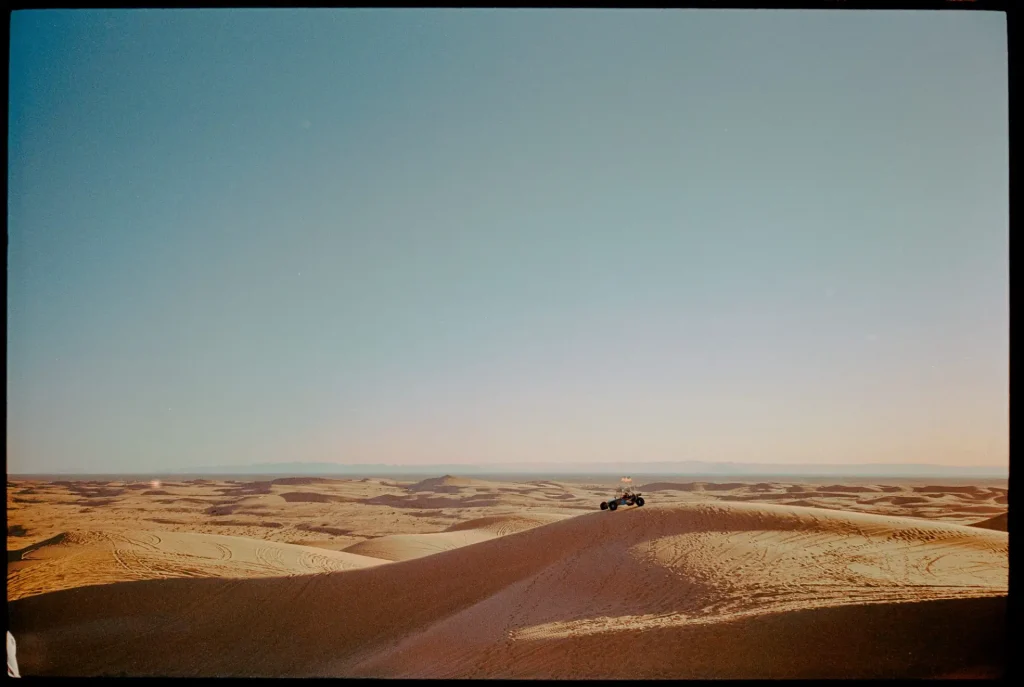
What about cross processing cine film in C-41 chemicals?
ECN-2 cine film can be processed with traditional C-41 chemicals. There is online debate online about whether or not cross processing ECN-2 film in C-41 chemicals is a good idea but that discussion falls outside the scope of this article and is essentially irrelevant to this analysis.
My initial thought was that one way to maximize the cost savings of bulk loaded cine film and avoid the rapid deterioration of the ECN-2 chemicals was to home process cine film in C-41 chemicals. The fundamental flaw in this reasoning is that the rem-jet decreases the lifespan of your C-41 chemistry. Whether or not you remove the rem-jet at the beginning or the end, any exposure of your C-41 chemicals, apparently, decreases the lifespan of the chemicals. To wit, CineStill advises that their CS41 kit be used as a “one shot” if remjet is present at any point in processing. I reached out to a few other vendors asking about an impact on their chemicals but none responded.
Assuming that rem-jet decreases the lifespan of C-41 chemicals, or even introduces an additional variable and/or layer of background stress, my analysis is that processing bulk loaded cine film in C-41 chemicals obviates any cost savings associated with buying bulk loaded film in the first place. With a shortened life span of C-41 chemistry you are essentially back to where you were with a 15-20 day lifespan of ECN-2 chemistry.
Conclusion
I offer you this analysis of the viability of home developing bulk loaded cine film at home as a single point of reference from a normal person with a film hobby that has a low risk, low headache, low adventure, high price tolerance profile. For me, bulk loaded cine film and ECN-2 development is not a panacea for rising film prices unless film prices skyrocket AND cine film prices stay unchanged AND the prices of ECN-2 chemicals stay the same. Your mileage may vary.
This analysis should not, however, dissuade anyone from experimenting with cine film and or home ECN-2 processing. It also bears repeating that this analysis is focused primarily on the finances of home processing cine film. This article does not consider any artistic, functional, or other practical aspects of using cine film.
In fact, I am now more interested in cine film than when I started this project. Cine film and ECN-2 processing is reported to offer photographers a flatter and lower contrast negative, with better grain:speed than C-41 film, and is designed to be color graded in post-production. You already know that I am not a film purist and the idea of more options in post processing (like they do in Hollywood) sounds beneficial even if it costs the same or slightly more than C-41 film but that is a story for another post.
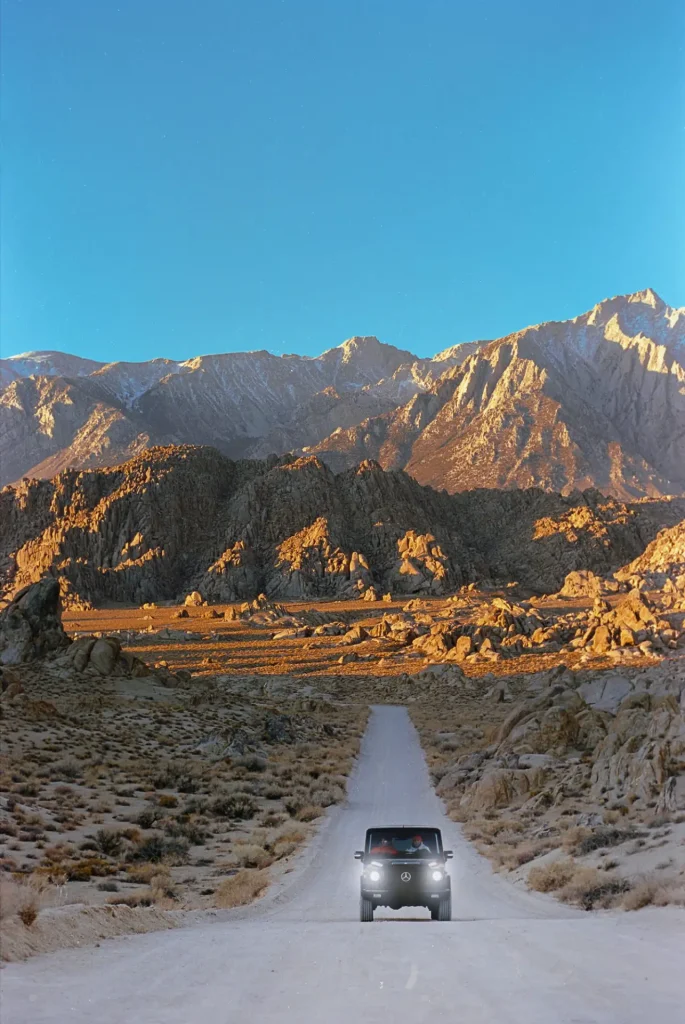
Closing statement: This is not a sponsored article or advertisement. I have no professional or commercial relationship with any company mentioned in this article or included in the spreadsheet. Cinestill, however, was consulted during the preparation of this article to assure the technical accuracy of the information provided in this article regarding their products. If you would like to read more from me, please feel free to check out my website Leica Lenses for Normal People. You can also find me on Instagram: leicalensesfornormalpeople and themattwphoto
Share this post:









Comments
Dave Roberts on Is Bulk Loaded Cine Film a Panacea for Rising Film Prices? – By Matt Wright
Comment posted: 07/01/2022
Comment posted: 07/01/2022
Comment posted: 07/01/2022
Bill White on Is Bulk Loaded Cine Film a Panacea for Rising Film Prices? – By Matt Wright
Comment posted: 07/01/2022
Comment posted: 07/01/2022
koon on Is Bulk Loaded Cine Film a Panacea for Rising Film Prices? – By Matt Wright
Comment posted: 07/01/2022
Daniel Castelli on Is Bulk Loaded Cine Film a Panacea for Rising Film Prices? – By Matt Wright
Comment posted: 07/01/2022
I enjoyed the article. Traditionally, bulk loading has been for B&W films, rarely for color. During my teaching career, we would bulk load Kodak's 35mm version of lith film. We were making title slides from artist produced flats. They were shot w/a Nikon F fitted with a focusing screen showing the aspect ratio for TV production. This was handled by AV specialist's and we processed the film in our graphic arts lab.
Bulk loading 35mm pancro film was a disaster! No matter how we tried, the students would find new ways to mess up the entire process. Factory loads were cheaper in the long run.
Now I'm retired and decided to bulk load HP-5. I began a month before the first Covid lockdown in 2020. These were the reason's:
1. Since retirement, I was not traveling and shooting as much as I did when I was working. It took weeks to go through a 36-exposure roll of film.
2. By loading shorter rolls, I could get the film in and out of the camera in a timelier manner.
3. Once the reality and enormity of the Covid-19 pandemic sunk in, shorter rolls made more sense. We were only taking necessary trips, so I could load 16 exposures (that # just worked out for me) and shoot that amount during a grocery run or a quick walk.
The initial cost was high. I had to get a new loader, reloadable 35mm magazines, bulk film, etc. It takes the same amount of chemistry to develop a 24-exposure roll of HP-5 as it does a 16-exposure roll. You don't realize a cost saving in chemicals.
There are more precautions to take with bulk loading. Loading the 100' roll is not easy. You've got to be aware of the need tofollow the safety steps in order not to fog the bulk roll. Loading the individual magazine has its own set of sequences to insure fog free, scratch free film. Don't drop the reusable magazine, they can pop open. The film counter is not as accurate as you are led to believe.
So, why do it? All the above-mentioned quirks can be overcome with a consistent, repeatable approach to the task. I bulk load about a dozen magazines in a sitting, each one identical. I've never costed it out, but I think after one 100' roll, your film costs go down.
And finally, if we're traveling, I buy factory loads. They give me an added margin of safety during rough handling of security checks, taxi rides, and my own bopping around and about.
Kurt Ingham on Is Bulk Loaded Cine Film a Panacea for Rising Film Prices? – By Matt Wright
Comment posted: 07/01/2022
Comment posted: 07/01/2022
Dana Brigham on Is Bulk Loaded Cine Film a Panacea for Rising Film Prices? – By Matt Wright
Comment posted: 07/01/2022
Comment posted: 07/01/2022
Dana Brigham on Is Bulk Loaded Cine Film a Panacea for Rising Film Prices? – By Matt Wright
Comment posted: 07/01/2022
Comment posted: 07/01/2022
Charlie Bierwirth on Is Bulk Loaded Cine Film a Panacea for Rising Film Prices? – By Matt Wright
Comment posted: 07/01/2022
Comment posted: 07/01/2022
Huss on Is Bulk Loaded Cine Film a Panacea for Rising Film Prices? – By Matt Wright
Comment posted: 08/01/2022
Comment posted: 08/01/2022
Khürt L Williams on Is Bulk Loaded Cine Film a Panacea for Rising Film Prices? – By Matt Wright
Comment posted: 08/01/2022
Dirk Saeger on Is Bulk Loaded Cine Film a Panacea for Rising Film Prices? – By Matt Wright
Comment posted: 09/01/2022
what great analysis. I can very well follow your considerations. Bulk load is way to challenging for me as well. I don't even do the C41 process myself.
Have you ever heard about the guys at Silbersalz35? They load Kodak Vision3 Cine Film into 35mm cartridges, offering 50D, 250D, 200T, 500T.
They charge 59.60€ for a pack of 4, mixed or single type. It comes in a neat box. The charge includes developing and scanning, once you send the box with 4 rolls back to them. You can then download the scans for further digital processing of you own desire. The digital files are in jp2 format. For use in Lightroom one needs to convert them to tiff by using xconvert or one can directly process in photoshop.
The company is located in Stuttgart/Germany. Shipping back and forth to the U.S. might be an issue time- and costwise. Don't know the shipping charges.
I liked the outcomes pretty much. The EV range of the 50D tops any digital sensor.
Greets, Dirk
Comment posted: 09/01/2022
Dirk Saeger on Is Bulk Loaded Cine Film a Panacea for Rising Film Prices? – By Matt Wright
Comment posted: 09/01/2022
you considered ECN2 vs C41 as a way of self-mortification in terms of Remjet. I'm much to lazy and not a Swabian and therefore use the convenient service. Guess you know that Scots are supposed to be stingy, well they have actually been disclosed from Swabia because of extravagance.
p.s. I really enjoy your blog
Zurück zum Film, analoge Kameras und Silbersalz 35 - Robin-Oslo Images on Is Bulk Loaded Cine Film a Panacea for Rising Film Prices? – By Matt Wright
Comment posted: 10/01/2022
Film Friday: Is Bulk Loaded Cine Film a Panacea for Rising Film Prices?: Digital Photography Review on Is Bulk Loaded Cine Film a Panacea for Rising Film Prices? – By Matt Wright
Comment posted: 21/01/2022
Ally on Is Bulk Loaded Cine Film a Panacea for Rising Film Prices? – By Matt Wright
Comment posted: 23/01/2022
Comment posted: 23/01/2022
Francisco on Is Bulk Loaded Cine Film a Panacea for Rising Film Prices? – By Matt Wright
Comment posted: 24/01/2022
Shooting cine film will save you money. There are other issues of course, its not that simple, but from a purely monetary discussion this beats any c-41 film I am aware of price wise
Comment posted: 24/01/2022
Sohbet on Is Bulk Loaded Cine Film a Panacea for Rising Film Prices? – By Matt Wright
Comment posted: 10/03/2022
psuedonymous on Is Bulk Loaded Cine Film a Panacea for Rising Film Prices? – By Matt Wright
Comment posted: 28/03/2022
Degradation of C41 and ECN-2 chemicals will be basically the same, and through the same mechanism: loose Remjet particles (carbon black in epoxy binder) getting into the chemistry and sticking to subsequent films. If you're determined, you can use a very high mesh filter as you recover chemistry to reduce this to a minimum. In the magical world of the past where Eterna was still manufacture dyou could skip even this because Fuji's remjet washed out nicely in the pre-bath, but Kodak's is more tenacious so will detach throughout processing and still need mechanical scrubbing after fixing.
Comment posted: 28/03/2022